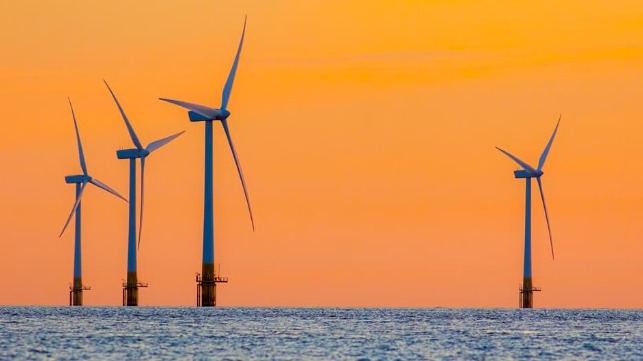EU Offers $4B in Support for French Offshore Wind Development

Last week, the European Commission (EC) approved the release of $4.4 billion to support rollout of offshore wind energy in France. The scheme was approved under the State aid Temporary Crisis and Transition Framework, adopted by the EC to accelerate green transition.
The funding will be used to support construction and operation of two floating offshore wind farms in the Golfe du Lion. The aid will be granted before December 31, 2025. It will run for a period of 20 years, with the two beneficiaries set to be identified through a tender process by the French government scheduled for next year. Each wind farm is expected to have a capacity of 230 to 280 MW, and could generate 1.1TWh of electricity per year.
This aid will take the form of a monthly variable premium under a two-way contract for difference (CfD), which will be calculated by comparing a refence price with the market price for electricity. When the market price is above the reference price, the developer will have to pay the difference between the two prices to the French authorities.
“This [$4.4 billion] scheme will allow France to accelerate deployment of renewable offshore wind capacities, in line with the EU’s Offshore Renewable Energy Strategy. The scheme will also help France reduce its dependence on Russian fossil fuels, in line with REPowerEU Plan, while ensuring that any potential competition distortions are kept to the minimum,” said Didier Reynders, EU Commissioner in Charge of Competition Policy.
Despite having abundant wind resources and a long coastline, France has been lagging behind its European neighbors in offshore wind energy. However, this is changing, as France enacted Renewable Energy Acceleration Law early this year, which is expected to boost progress in the country’s offshore wind sector. France aims to have a total offshore wind capacity of 2 GW by 2025, 7.8 GW by 2030 and 40 GW by 2050.
